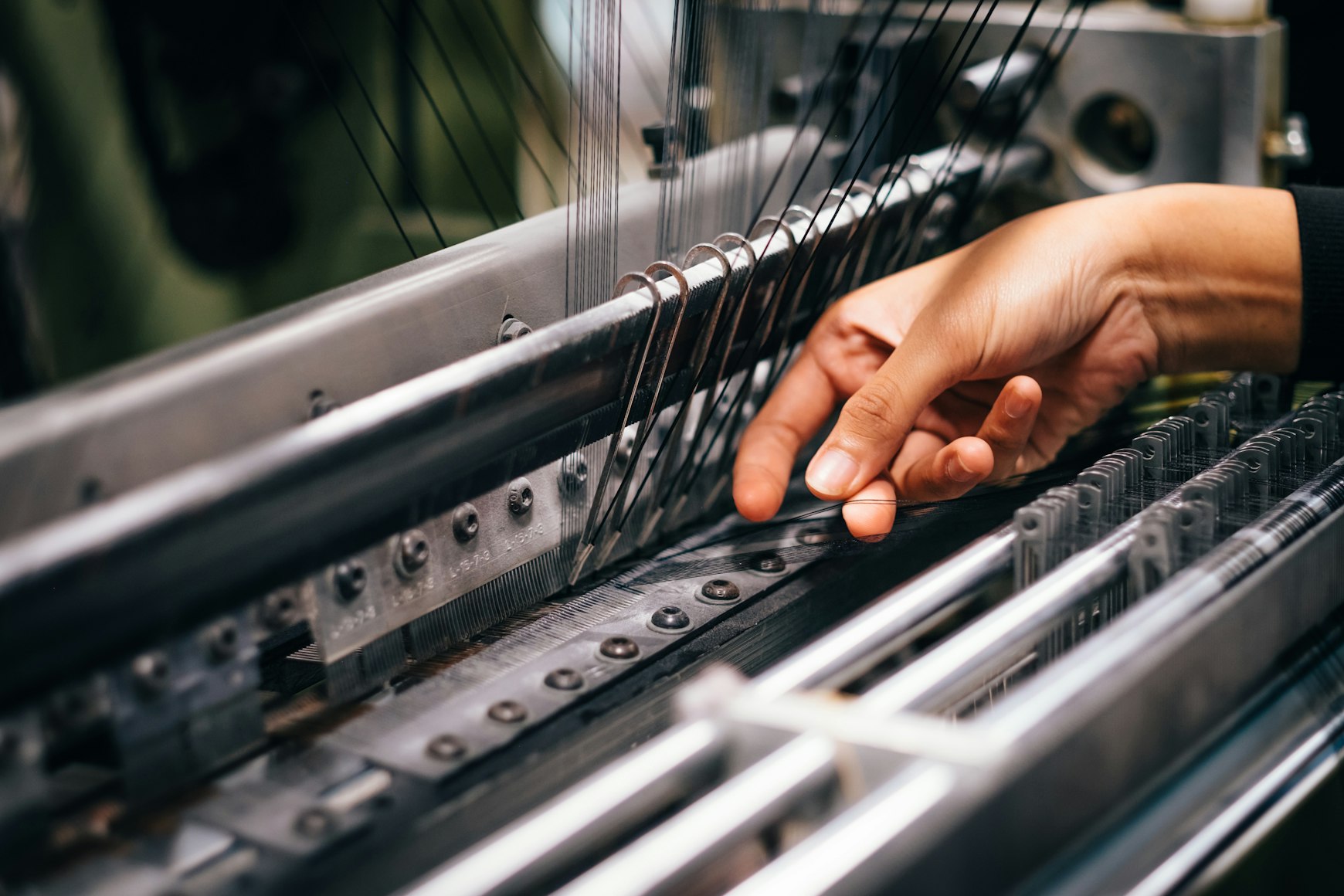Viscose is one of the most widely used raw materials in the manufacture of fabrics due to its softness, lightness, and ease with which it can be blended with other fibers. Also known as rayon, viscose has a long history. It was first produced in the 1890s and was known for its silk-like qualities. Fabric woven from viscose fibers was quite popular in the early 19th century but suffered a decline in the late 1900s when synthetic fibers, such as polyester, became prominent.
Why Viscose Could Accelerate the Impact on Sustainability
Rising clothing consumption and the increasing use of synthetic fibers have led to a significant plastic pollution problem. An estimated 92 million tons of clothing waste is generated each year, and with a reuse rate of only 1 percent, most of this textile waste ends up in landfills.
According to Textile Exchange, synthetic materials, including polyester and spandex, accounted for 62 percent of the textile fiber market in 2020. Most synthetic materials are not biodegradable in soil, taking hundreds of years to decompose and leaching chemicals into soil and groundwater. Polymer-based microfibers also dissolve during garment manufacturing, wearing, and laundering, and enter waterways and people's bodies through inhalation, posing a health risk.
Switching from synthetic fibers to natural fibers is one way to solve the fashion waste problem. Wood-based materials such as viscose and lyocell are particularly promising alternatives to synthetic fibers because of their natural, renewable, and biodegradable properties. They are also highly versatile. They can be used to produce textiles ranging from silky to nonwoven, enabling applications such as housewares, fashion, and hygiene products. Despite these advantages, adoption remains low. The production volume of viscose and lycoell has more than doubled between 1990 and 2021 to 7.2 million tons, and yet the market share is only 6 percent.
Also, the circular economy can simultaneously combat textile waste and reduce the amount of wood needed for fiber production. China, where Sateri is based, produces about half of the world's textile fiber and accounts for 60 percent of MMCF production. The country is also a major consumer of these materials, both at the factory and manufacturer levels and at the retail level, and China is taking an aggressive approach to the circular economy.
In 2021, the Chinese government published a five-year plan prioritizing the reuse of materials, and in 2022, the National Development and Reform Commission set a goal of recycling a quarter of textile waste and producing 2 million tons of recycled fiber annually by 2025.
Certifying Sustainable Viscose Claims
In recent years, sustainability has become a popular topic in the fashion industry. Consumers are also becoming more conscious about the environmental impact of their purchases.
Clothing made from man-made cellulosic fibers, such as viscose, has gained popularity due to the increasing demand for natural fibers and affordable clothing. Along with the growing demand for natural fibers is a drive for sustainably sourced and produced materials.
One main critique of man-made cellulosic fiber production is the potential impact to forests. Knowing the origins of the fibers is therefore critical and must be proven. Producers around the world are increasingly obtaining forestry certifications to assure their consumers that the cellulose used in viscose production comes from sustainably managed forests.
With CommonShare’s traceability system, you can map and manage sustainability and quality claims, as well as verify which brands carry certifications such as viscose certified by the Forest Stewardship Council™ (FSC™) and the Programme for the Endorsement of Forest Certification (PEFC).
Some producers are also developing new clean technologies to produce manufactured materials, such as Lyocell and other closed-loop processes. Because Lyocell requires less chemical processing and does not produce chemically laden wastewater, it’s more environmentally friendly. This method works in a closed-loop system that allows chemicals to be reused in continuous processing.
However, not all producers are at the same level in their sustainability journey. The industry as a whole needs more progress to provide transparency within viscose supply chains and ensure that environmentally safe production processes are adopted. Another challenge is the lack of traceability in the supply chain from producer to retailer, which makes it difficult to label end products with a forest certification label.
